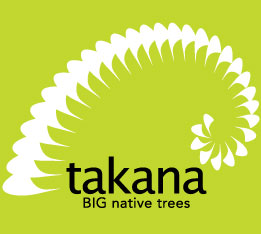Successful continuous cover forestry requires a higher standard of silviculture than that practiced with even-aged, clear fell management systems. Inventory is essential, for in each part of a continuous cover forest there must be a full range of age classes with continual additions to the growing stock by natural regeneration or planting. Inventory management builds up knowledge of the species and size classes present in the forest and is vital to the process.
Silvicultural activities, based upon the ecology of the forest, are not confined to specific parts of the forest but take place in many stands at any one time. The objective is to allow the best of the dominant trees to put on as much volume as possible while allowing subdominants to increase their growth rate when their over story is removed.
Continuous cover forests are managed for production so there will be some diversion from natural processes. For example they may be single species forests, mixtures of native and exotic tree species, or infertile species where planting of replacement stock will be required.
Following harvesting, growth at all levels in the continuous cover forest must be encouraged. New tree establishment is obtained by encouraging seed germination or planting. Existing seedlings and saplings need to be released from competition and excessive numbers thinned.



